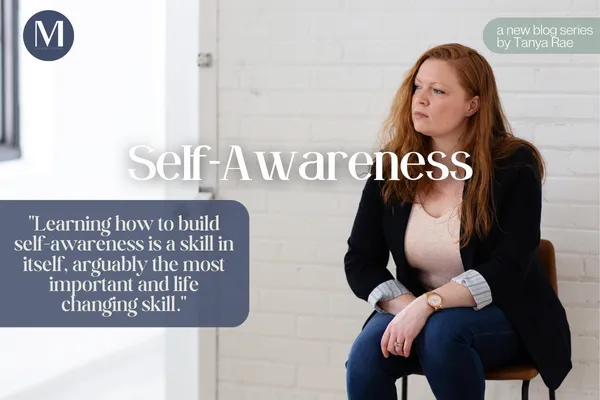the blog
A place for our team to share about topics they are passionate about, in hopes of allowing you to see and understand a bit more behind the faces on these pages.

Self-Awareness
Something that’s been on my mind is the topic of self-awareness. As I described in my posts explaining my approach to therapy, self-awareness is like a growing and expanding topographical map of your reactions in situations. It’s a lay out of your triggers, where they come from, the pattern of your reactions, how and why these have been helpful and effective in the past, how and why they’re not helpful in your current circumstances, and what works better now. It includes an ability to navigate these roadways with a new navigational system that includes self-compassion, a new ability to emotion regulate and know when to set respectful boundaries based on your new knowledge of humans, yourself and the roadways you have perhaps saved for only extreme circumstances or no longer wish to use anymore.
Learning how to build self-awareness is a skill in itself, arguably the most important and life changing skill. Because of the depth of the work, it’s probably the most difficult and uncomfortable skill-set to learn in therapy because the triggers we encounter can feel intense and all encompassing, like being engulfed in flames…and who wants that!
However, deep work means great reward and a superpower that allows you to step out of the fire whenever you want! You begin to recognize reactions for what they are, learned responses in the presence of particular triggers that may not be relevant to your current situation. You begin to understand the nuances of your reactions. You begin to be able to use your being triggered as a signal that there’s a part of your topographical map not yet explored and mapped out, or as a signal to be present in the moment and respond with intention. You begin to be able to pull yourself out of the “emotional fire” that’s made larger and more engulfing by “logs” of the different components of emotions, such as thoughts, sensations, meanings and behaviours, all being heaped on top of each other when triggered.
When you begin to be able to pull yourself from the emotional fire, you’re no longer engulfed in the flames which allows you to be reflective. You can better observe each component independently and how they interact to create a larger encompassing experience of the fire in and around you, resulting in your reaction. As you’re increasingly able to observe in this way, over time, you begin to recognize these are just reactions to a situation.
Road ways you’ve taken in the past for important reasons while now seeing and having alternate routes mapped out that you could take instead. Because of this, you find yourself being less engulfed in emotional fires in future situations and more able to stand outside the fire, feeling the heat from the fire while you observe.
You can choose to be only connected to the intensity of the fire through the heat you feel from it. You’re no longer engulfed in the flames of it, and so you feel less urgency.
All this puts you in a place of power because now you can choose your response. 💪
Til next time,
Tanya
Office Location: 1200 Brock Street South, Whitby, ON. L1N 4L9
© Marquis Counselling & Consulting | ALL RIGHTS RESERVED | TERMS & CONDITIONS | PRIVACY POLICY
